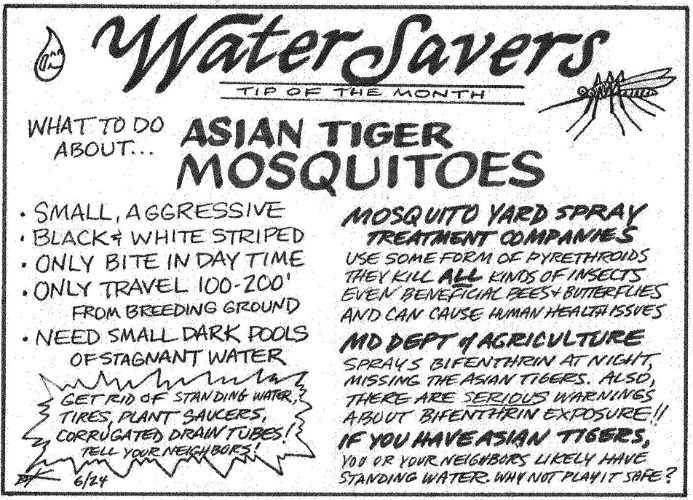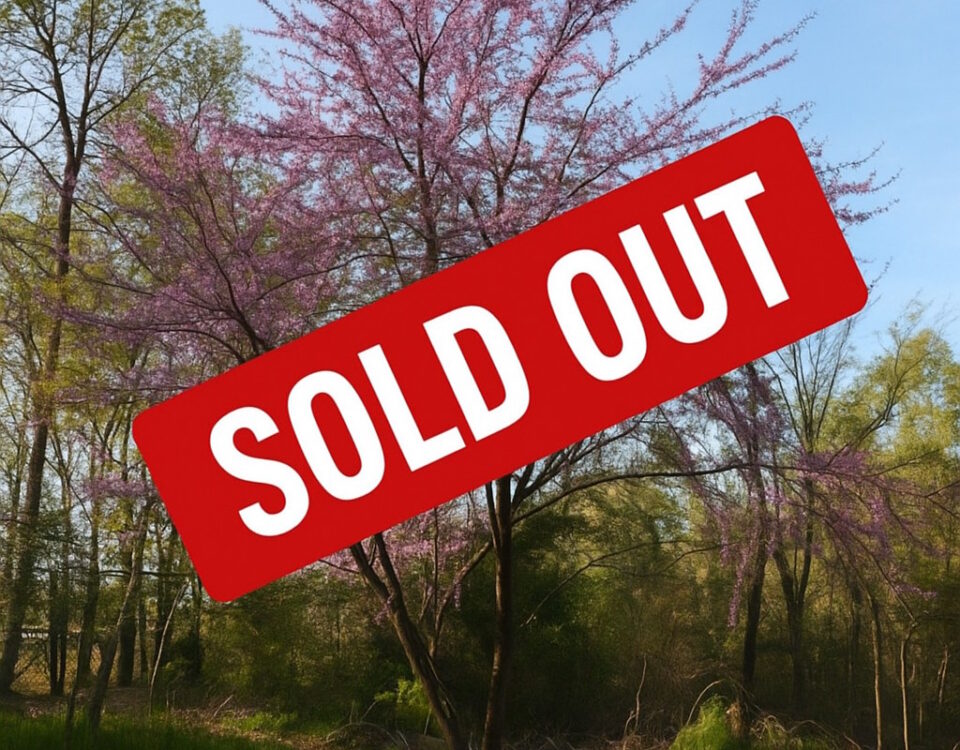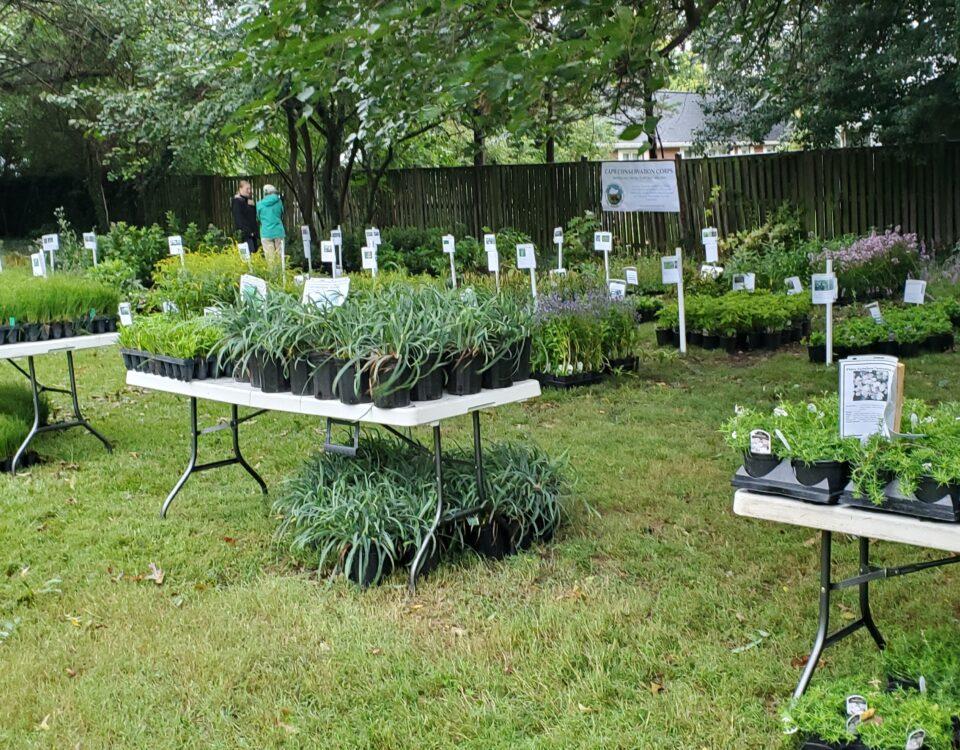Our activities in 2019-2020
January 29, 2021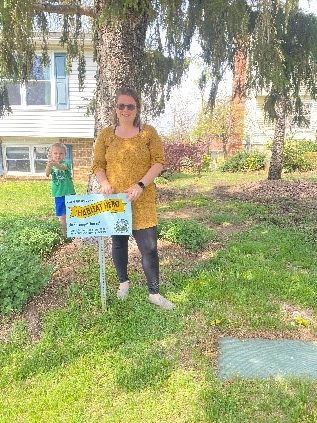
Habitat Hero – March 2021
March 20, 2021By: Stacey Wildberger
Pollinators come in all shapes, sizes and species. They range from the iconic Monarch butterfly to little wasps and bees that you don’t even notice. Many are in decline due to a variety of reasons, pesticide use, loss of habitat and disease to name a few. They need our help. But first we need to understand who they are and why they are important. Why are they worth saving? Insects are by far the largest category of pollinators but there are also birds (hummingbirds are best known), mammals (bats, and even rodents), and even lizards (maybe not locally).
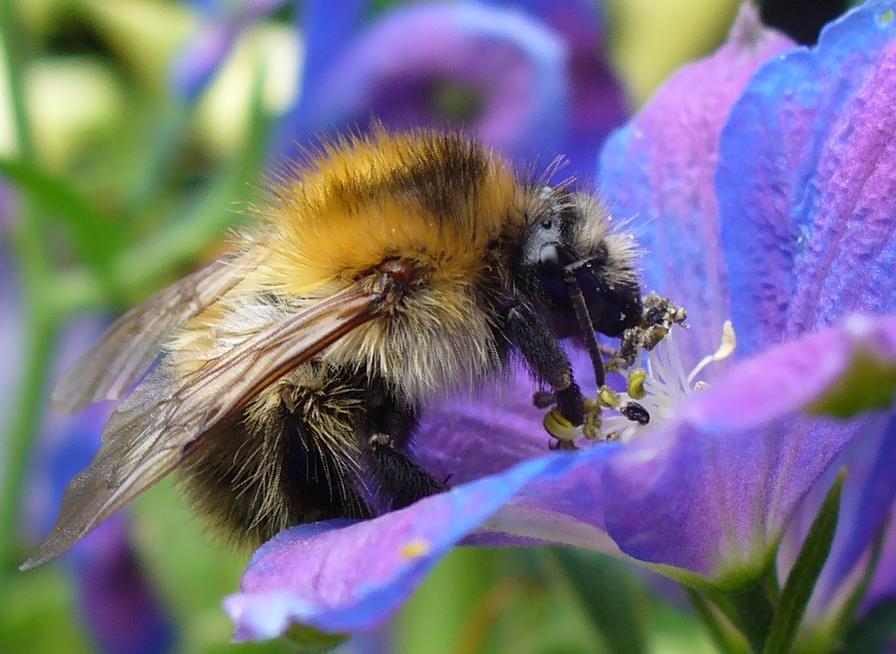
Let’s meet some of the most common insect pollinators you may encounter in your backyard. Bees. Not honey bees, native bees. We have almost 4,000 native bees and none of them are the honey bee. Most of them are solitary bees (90%); they are ground nesters (70%) and the rest are cavity nesters. They won’t sting you: they have no hive or nest to defend. They just want to go about their business of collecting pollen and snacking on nectar and most importantly they are pollinating your vegetable gardens and flowers. Plant a variety of plants at different bloom times, with different bloom shapes and colors because different bees will visit specific flower species based on those criteria. Examples of native flowers being pollinated by bees are Asclepias spp. (milkweed), Baptisia spp. (Wild indigo), Monarda (bee balms and bergamot), Soldiago spp. (goldenrods), Penstemon (beardtongue) and Helianthus spp. (sunflowers).
The insect pollinator that gets the most attention and love is of course the butterfly. Many people are easily convinced to plant for the butterflies! They are typically generalists meaning they more freely nectar on many different flowers as opposed to the bees that tend to be specialist. Their proboscis allows them easy access to a large variety of blooms. Not surprising, the plants pollinated by bees are also by butterflies, so use the list above and add Echinacea (coneflower), Prunus (cherry trees), Ceanothus spp. (New Jersey Tea), Vernonia spp. (ironweeds) and Liatris spp. (blazing star). I don’t think I have to convince many to plant for butterflies.
Moths are up next, in the same order (Lepidoptera) as butterflies but often not as well appreciated even though there are many more species of moths around the world. They most likely will be found eating in the evening. They will also nectar on the same flowers as butterflies they can also be found on Oenothera spp. (evening primrose), Phlox spp. (phloxes), and Yucca spp. (yuccas). Color isn’t a primary factor but having a strong evening scent will attract them.
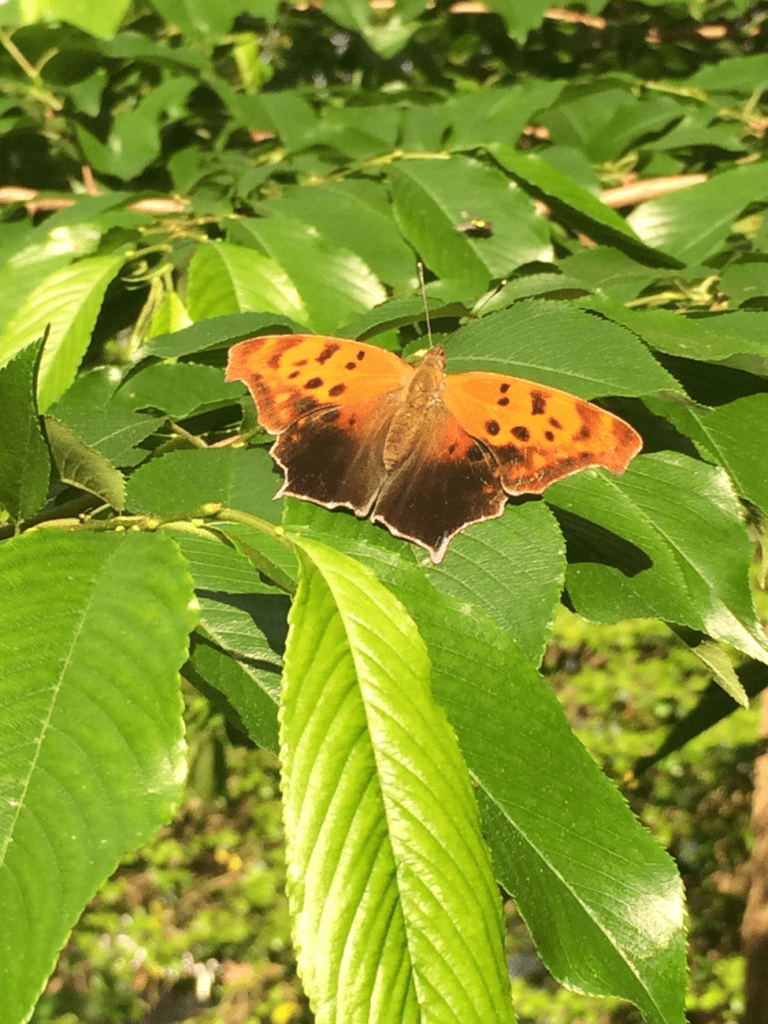
One of the oldest and largest group of pollinators are beetles. Over 350,000 species worldwide and 150-200 million years of pollinating to be exact. They also rely on sense of smell to find their boom, color not being much of a factor. Although most plants do not rely solely on beetles for pollination they are helpful. Some flowers you find them on are Lindera spp. (spicebushes), Asimina spp. (paw-paws), and Symphyotrichum spp. (asters).
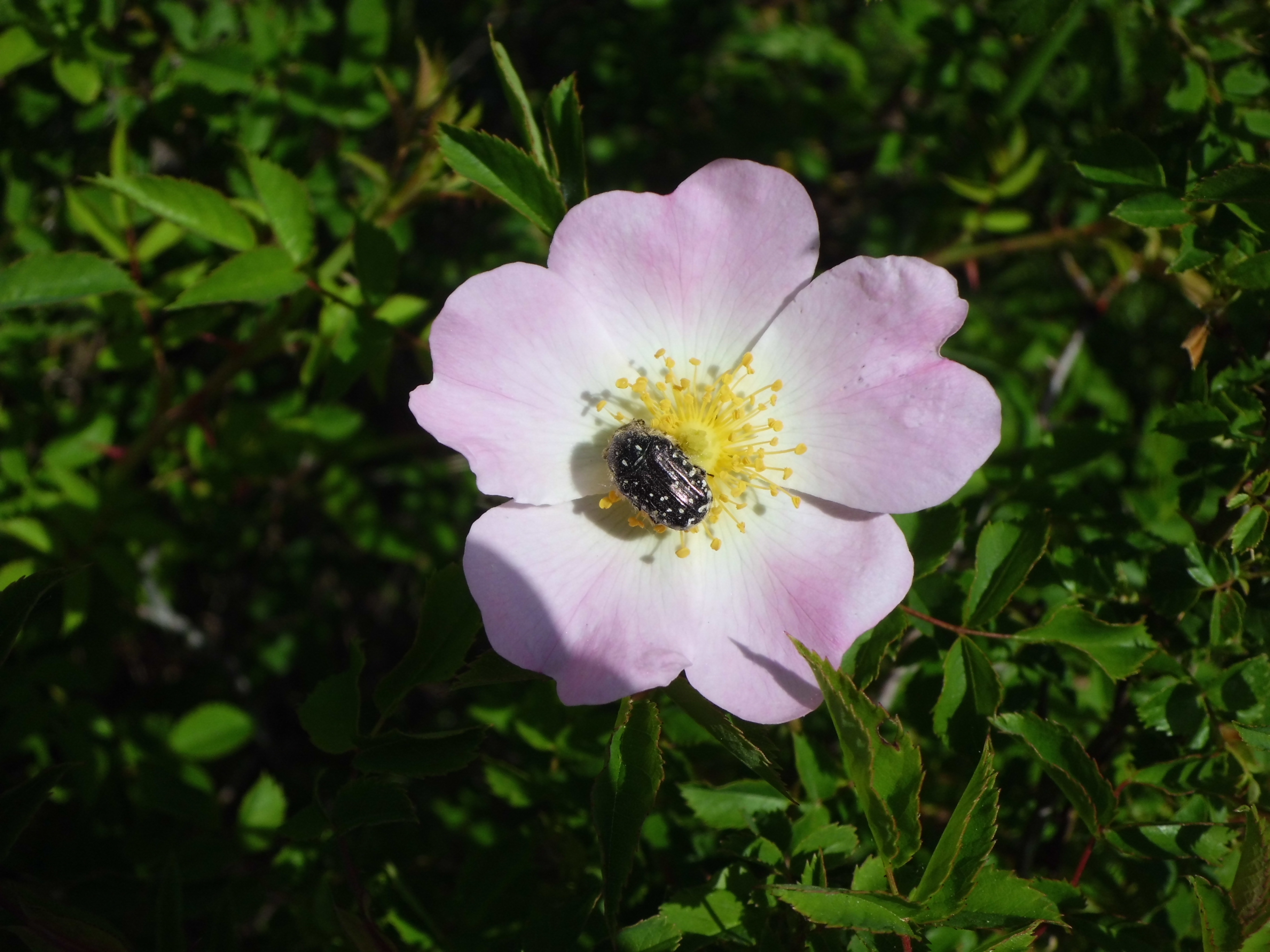
Flies are another important pollinator. Not all flies are good at pollinating but the hover flies and bee flies are the two most standout pollinators. Hover flies are often mistaken bees or wasps due to the close resemblance. They get their name from their ability to hover. Bee flies, with their hairy, fuzzy-looking bodes which enable them to collect a lot of pollen are important as well. Some flower the flies will pollinate are Apocynum spp. (dogbane), Symplocarpus foetidus (skunk cabbage) and Trillium erectum (red trillium). They are attracted to putrid smells (which is why they like the skunk cabbage!)
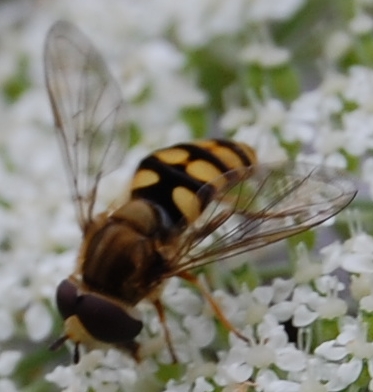
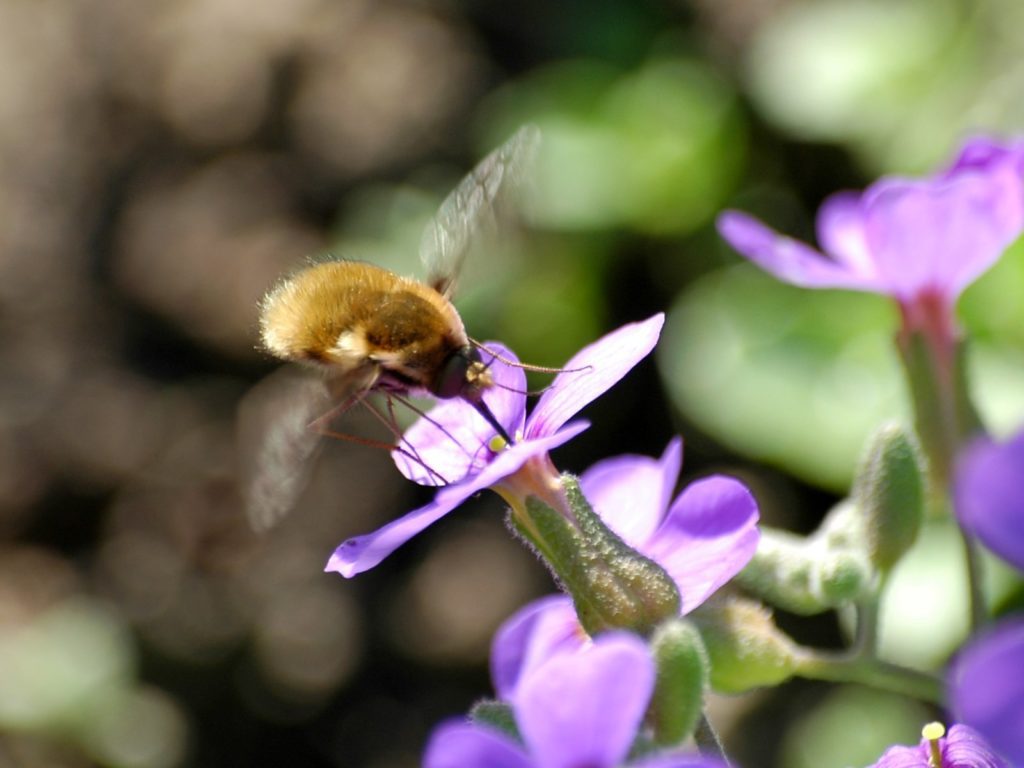
And finally we come to wasps as pollinators. Don’t judge them harshly as not only are they effective pollinators but they also are excellent predators and parasites of many garden pests. They will lay their eggs inside the bodies of other insects and when the larvae emerge they eat the pest from the inside! Look for these exciting creatures on Pycnanthemum spp (mountain mint), Eryngium spp. (rattlesnake master), and Parthenium integrifolium (wild quinine).
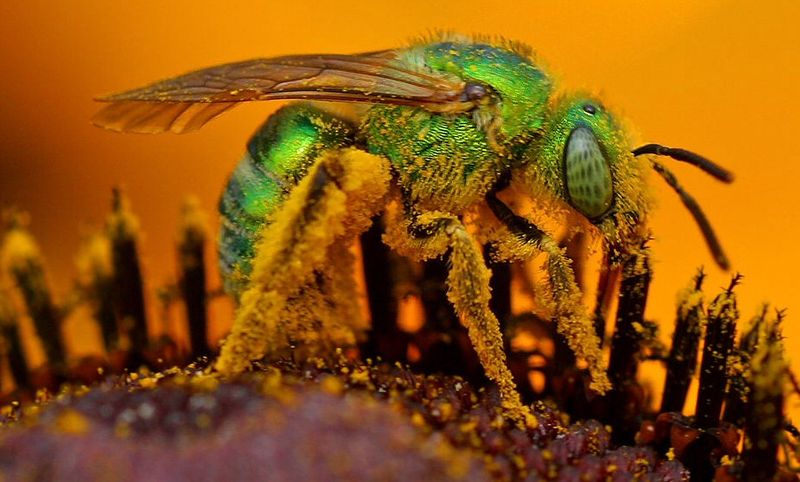
Below are 10 tips for a attracting and sustaining a thriving pollinator population (from “The Pollinator Victory Garden” by Kim Eirman). I highly recommend getting this book to learn so much more about pollinators and their importance in your garden.
- Plant for succession—always having something in bloom
- Skip fancy double flowering plants—little to no nectar
- Use native plants
- Be sure to include woody plants like trees, shrubs and vines
- Plant a diverse selection of bloom shapes, sizes and color
- Plant in large patches of one type of flower to make it easier for pollinators to find their favorite
- Provide nesting sites- sandy soil, hallowed stems, stone wall crevices
- Eliminate pesticides-even organic can be deadly. Allow the beneficial bugs to take care of pests (see wasps)
- Reduce or even eliminate your lawns
- Add a pollinator sign to help raise awareness


